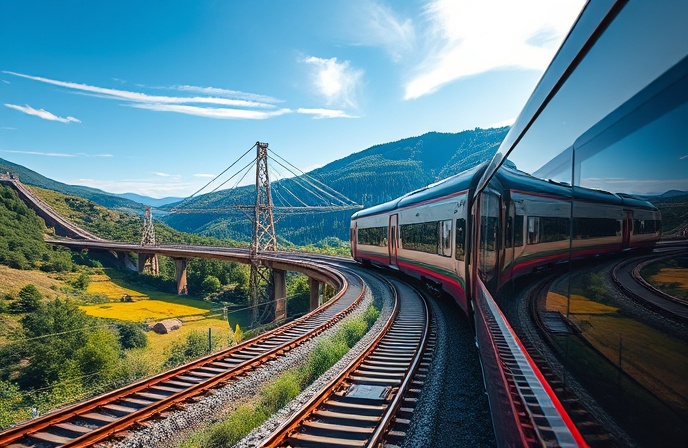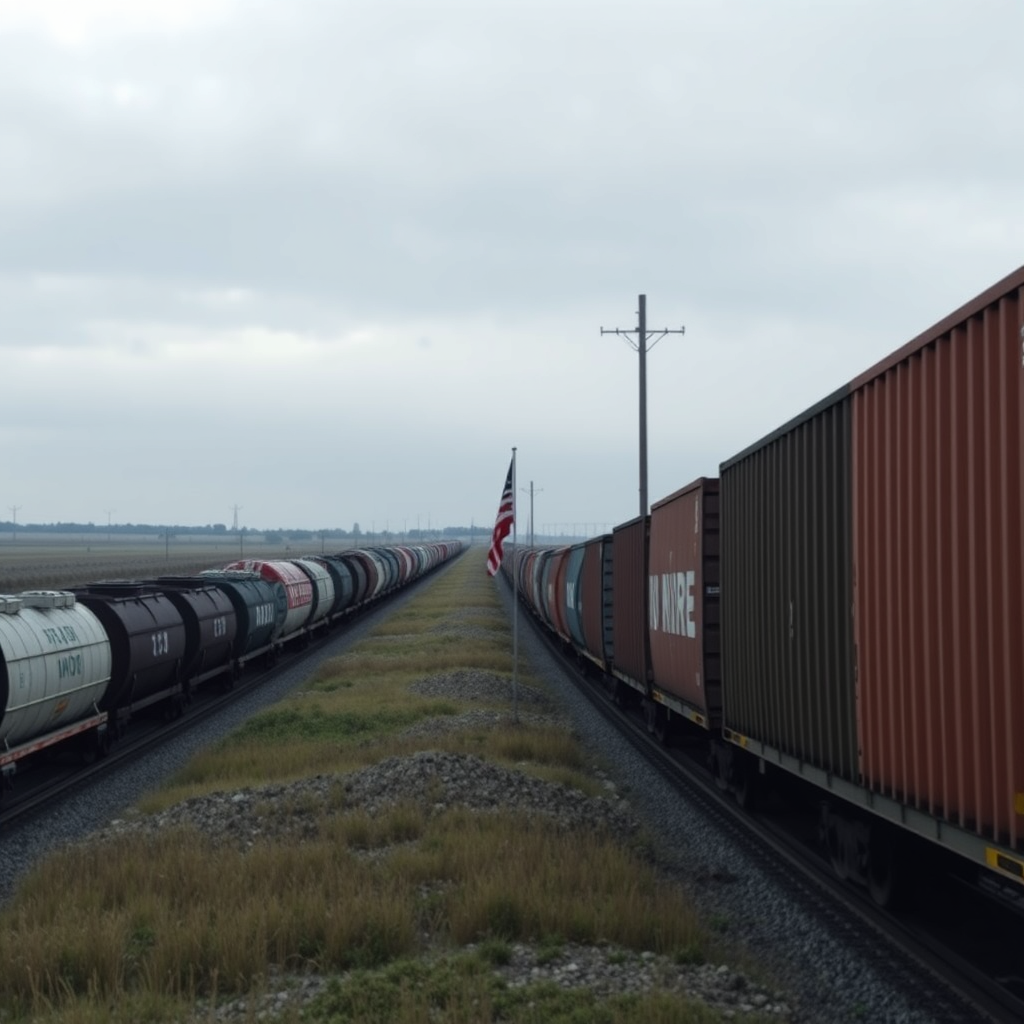Amtrak’s Rail Revolution: Billions for a New Era

Amtrak’s Long-Distance Rail Revitalization: A Multi-Billion Dollar Investment in the Future of Passenger Rail
This article examines Amtrak’s (National Railroad Passenger Corporation) significant investment in its long-distance rail network, a crucial component of the nation’s transportation infrastructure. The planned multi-billion dollar procurement of a new long-distance fleet represents a pivotal moment, signaling a commitment to modernizing and expanding passenger rail services across the United States. This investment, fueled by funding from the Bipartisan Infrastructure Law, is not merely about replacing aging equipment; it signifies a comprehensive strategy to enhance the passenger experience, improve operational efficiency, and address the growing demand for sustainable and reliable long-distance travel. The upcoming Request for Proposals (RFP) process will determine the final design and specifications of this new fleet, influencing the future of long-distance rail travel in America for decades to come. This analysis will delve into the details of the investment, focusing on the technological advancements, operational improvements, and the broader implications for the future of Amtrak’s long-distance services.
The New Long-Distance Fleet: A Technological Leap Forward
Amtrak’s plan to procure a new long-distance fleet represents a significant technological upgrade. The RFP process will emphasize the incorporation of state-of-the-art features designed to improve passenger comfort, accessibility, and sustainability. The new rolling stock is expected to incorporate significant advancements in passenger amenities, including enhanced coach seating, upgraded private rooms, improved food service options, and significantly enhanced accessibility features for passengers with disabilities. Beyond passenger comfort, the new fleet will likely incorporate advancements in energy efficiency and reduced emissions, reflecting Amtrak’s commitment to more sustainable rail operations. The timeline for the delivery of this new fleet is projected for the early 2030s, suggesting a considerable lead time for design, manufacturing, and testing.
Investing in Existing Infrastructure: Short-Term Improvements and Capacity Enhancement
While the new fleet represents a long-term vision, Amtrak is also simultaneously addressing the immediate needs of its existing long-distance network. A significant investment of $28 million is allocated to refurbishing existing rolling stock, including 400 bi-level Superliner and 49 Viewliner cars. This refurbishment program focuses on upgrading interiors, enhancing passenger comfort, and extending the lifespan of the current fleet. Further demonstrating its dedication to improving current operations, Amtrak is also undertaking a project to restore and repair 63 idled railcars by the end of 2024, bolstering capacity and addressing immediate needs for equipment. These short-term investments complement the long-term strategy, ensuring the smooth operation of the long-distance network while awaiting the new fleet’s arrival.
Addressing the Growing Demand: Passenger Growth and Future Projections
Amtrak’s long-distance services experienced a remarkable 12% increase in ridership in the year leading up to September 2023, reaching a total of 3.9 million passengers. This significant increase underscores the growing demand for long-distance rail travel and highlights the need for expanded capacity and improved service. The investment in a new fleet, coupled with the refurbishment of existing cars, directly responds to this increased demand, aiming to provide a more comfortable and efficient travel experience for a growing passenger base. The positive growth trajectory suggests a strong future outlook for Amtrak’s long-distance services and validates the significant investment currently being undertaken.
Conclusion: A Multifaceted Approach to Rail Modernization
Amtrak’s commitment to its long-distance network is not merely a financial investment; it’s a strategic vision for the future of passenger rail in the United States. The multi-billion dollar investment in a new fleet, alongside the parallel investment in upgrading and restoring existing rolling stock, showcases a multifaceted approach to modernization. The emphasis on enhanced passenger experience, improved accessibility, and increased sustainability signifies a commitment to meeting the evolving needs of travelers. The projected delivery of the new fleet in the early 2030s ensures a long-term perspective, providing a foundation for decades of improved long-distance rail service. The recent 12% increase in ridership clearly demonstrates the significant demand for improved long-distance rail travel, a demand that Amtrak is actively and proactively addressing with this comprehensive plan. This substantial commitment reflects a forward-looking strategy for both Amtrak and the broader national transportation landscape, promising significant improvements in both operational efficiency and passenger satisfaction. The success of this initiative will not only benefit individual travelers but will also contribute to a more sustainable and efficient national transportation system. The detailed RFP process and subsequent implementation will undoubtedly shape the future of long-distance rail travel, defining the passenger experience and the overall success of this ambitious undertaking. The projected timeline, alongside the immediate upgrades, positions Amtrak for continued growth and market leadership in long-distance passenger rail.





